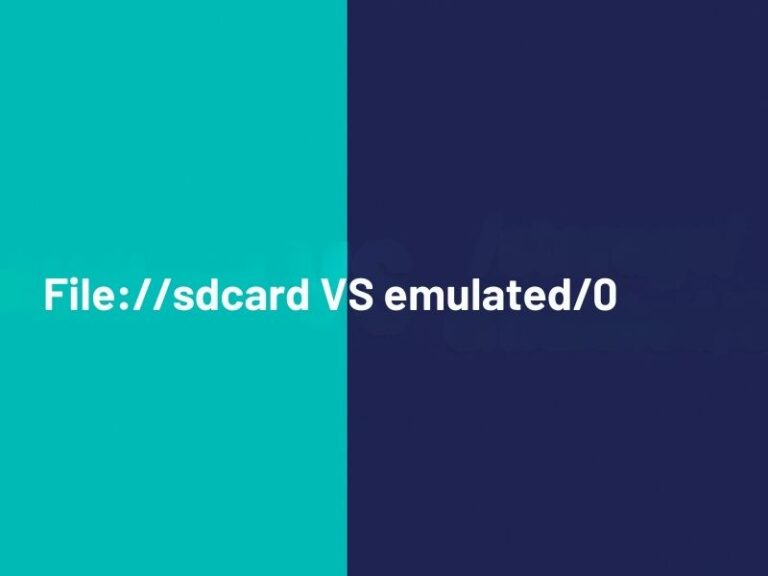Telangana has rapidly emerged as India’s high‑tech hub, thanks to Hyderabad’s thriving electronics cluster and supportive state policies. For entrepreneurs and investors eyeing semiconductor manufacturing, setting up a fab (fabrication plant) in Telangana offers strategic advantages—from generous fiscal incentives to a robust talent pool. This guide walks you through every critical step.
Why Choose Telangana?
- Strategic Location
Hyderabad’s proximity to major ports (Chennai and Visakhapatnam), an international airport, and national highways ensures smooth logistics for importing wafer‑processing equipment and exporting finished chips. - Thriving Ecosystem
Telangana hosts leading R&D centers (IIIT‑Hyderabad, IIT Hyderabad), electronics parks (Hardware Park, Pocharam), and industry bodies (IESA) fostering collaboration and innovation. - State Support
The Telangana Electronics Policy 2025 offers dedicated incentives for semiconductor fabs, making the financial case especially attractive (invest.telangana.gov.in).
Leverage Central & State Incentives
Semicon India Programme
The Union Government’s Semicon India Programme allocates an outlay of ₹76,000 crore to develop the semiconductor and display ecosystem. Approved projects receive up to 50% fiscal support on project cost (pari-passu) under the Scheme for setting up Semiconductor Fabs in India (ism.gov.in).
Telangana Electronics Policy 2025
Under Invest Telangana, semiconductor/display fabs and ATMP units enjoy a 25% capital expenditure subsidy, along with exemptions on stamp duty, registration fees, and power tariff incentives (invest.telangana.gov.in).
Design‑Linked Incentive (DLI) Scheme
Telangana firms such as Green PMU Semi, WiSig Networks, and MosChip have already benefited from the DLI scheme—demonstrating the state’s commitment to chip design and prototyping.
Site Selection & Land Acquisition
- TS‑iPASS Single‑Window Clearance
Use the Telangana State Industrial Project Approval & Self‑Certification System (TS‑iPASS) for expedited land allotment and environmental clearances—typically within 60 days. - Fab Park Locations
- Hardware Park, Pocharam: Offers plug‑and‑play infrastructure, reliable power (100+ MW), and wastewater treatment facilities.
- Shadnagar Mega Fab Park: Proposed cluster with exclusive semiconductor focus.
- Land Requirements
A greenfield fab typically needs 50–100 acres for the cleanrooms, utilities, and support facilities. Engage with TELANGANA IT & ELCID (Telangana Industrial Infrastructure Corporation) for negotiated rates.
Regulatory Approvals & Licensing
- Environmental Clearances
- EIA/EMP Study: Conduct an Environmental Impact Assessment and secure clearance under MoEFCC norms.
- Consent to Establish & Operate: From Telangana State Pollution Control Board (TSPCB).
- Factory Licensing
- Register under the Factories Act, 1948 with the Directorate of Factories & Boilers (Telangana).
- Obtain approvals for high‑purity water, hazardous waste management, and fire safety.
- Import Permissions
- DGFT: Apply for Import Export Code (IEC) and duty exemptions on non‑covered capital goods.
- Customs Bonded Warehousing: For duty‑free storage of imported equipment.
Financing & Partnerships
- Project Financing
- Debt‑Equity Mix: Secure term loans from PSU banks (30–40% of project cost) and equity from promoters or PE funds.
- Government Grants: Tap ISM’s 50% capex support and state subsidies to reduce equity burden.
- Technology Partnerships
- EPC Contractors: Engage experienced Engineering‑Procurement‑Construction firms for cleanroom build‑out.
- Equipment Vendors: Collaborate with global suppliers (ASML, Lam Research) for lithography and etch tools.
- Public‑Private Models
Consider joint ventures with central PSUs (e.g., BEL, HAL) or state entities to leverage existing skill sets and risk‑sharing.
Infrastructure & Utilities
- Power & Cooling
- Stable Grid Connection: Ensure access to 100+ MW with 24/7 uptime guarantees.
- DG Backup: Sized for critical loads (cleanrooms, chillers).
- Chilled Water Plants: For HVAC and process cooling.
- Ultra‑Pure Water (UPW)
A semiconductor fab can consume 5–10 million liters/day of UPW. Install a multi‑stage filtration and deionization plant on‑site. - Waste Treatment
- Effluent Treatment Plant (ETP): Handle chemical effluents.
- Hazardous Waste Disposal: Through TSPCB‑approved channels.
Talent & Workforce Development
- Hiring Strategy
- Core Team: Process engineers, fab managers, quality control specialists.
- Support Staff: Maintenance, utilities, safety officers.
- Skill Partnerships
- Collaborate with Telangana Academy for Skill & Knowledge (TASK) and IESA’s Centres of Excellence for training in VLSI, wafer fab operations.
- Academic Tie‑Ups
- MoUs with IIIT‑Hyderabad, IIT‑Hyderabad, and BITS‑Pilani (Hyderabad) for internships and research projects.
Quality, Safety & Compliance
- Process Control
- Implement Statistical Process Control (SPC) and Six Sigma to meet wafer yield targets.
- Certifications
- ISO 9001 (Quality), ISO 45001 (Occupational Health & Safety), and ISO 14001 (Environmental Management).
- Safety Protocols
- Cleanroom gowning, chemical handling, and emergency response drills.
Step‑by‑Step Checklist
| Step | Action Item | Timeline |
|---|---|---|
| 1 | Feasibility & Market Study | 1–2 months |
| 2 | Secure Land via TS‑iPASS | 2–3 months |
| 3 | Apply for Environmental & Factory Licenses | 3–4 months |
| 4 | Finalize Financing & JV Agreements | 4–6 months |
| 5 | EPC Contract & Cleanroom Construction | 6–12 months |
| 6 | Install & Commission Equipment | 12–18 months |
| 7 | Trial Production & Process Qualification | 18–24 months |
| 8 | Ramp‑up & Commercial Production | 24+ months |
Conclusion
Launching a semiconductor fab is capital‑intensive and complex, but Telangana’s progressive policies, robust incentives, and world‑class ecosystem make it one of India’s most promising destinations. By following the steps outlined—leveraging both Central and State schemes, securing land and approvals through TS‑iPASS, partnering wisely, and building a skilled workforce—you can turn the vision of “Made in Telangana” chips into reality.






